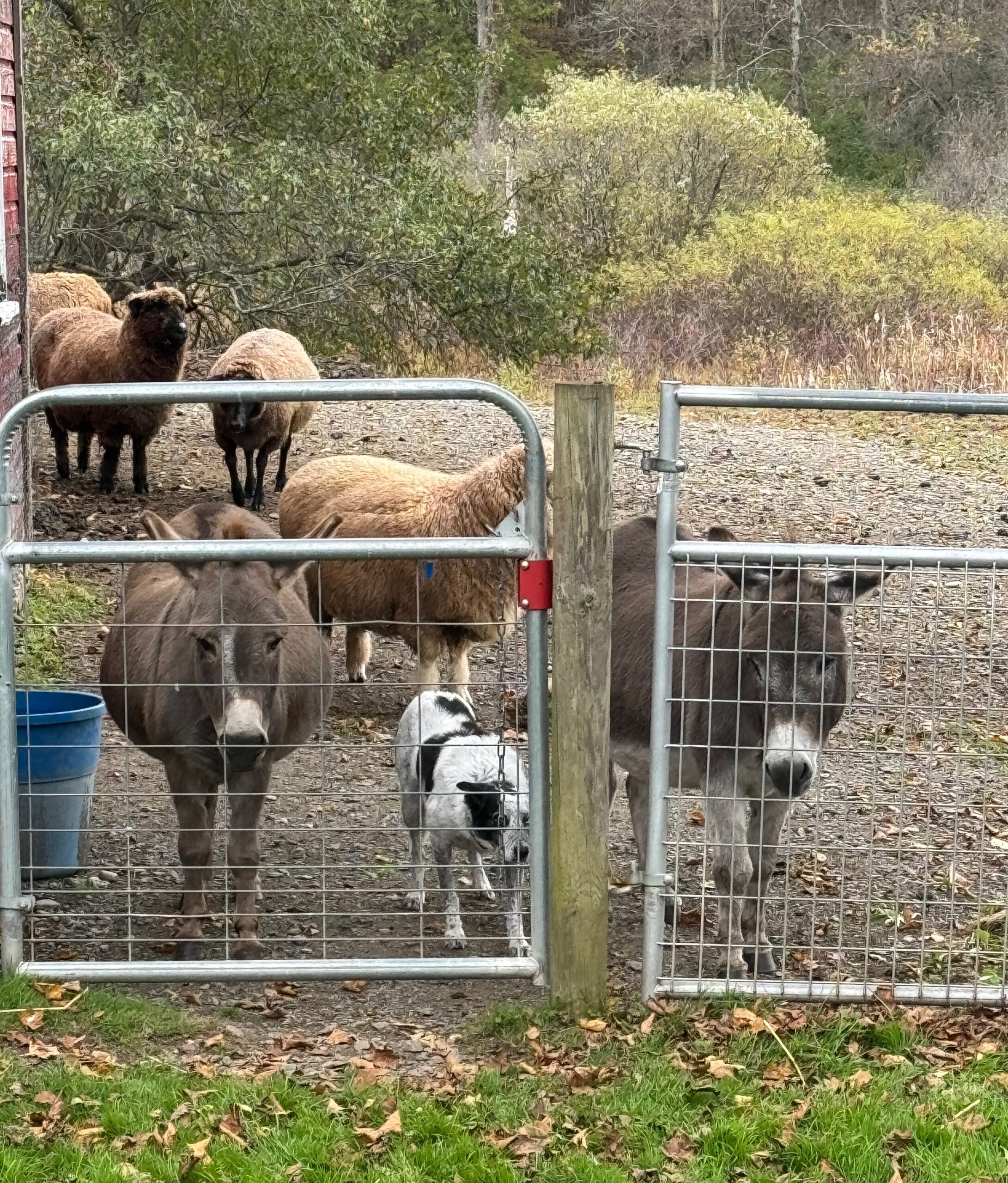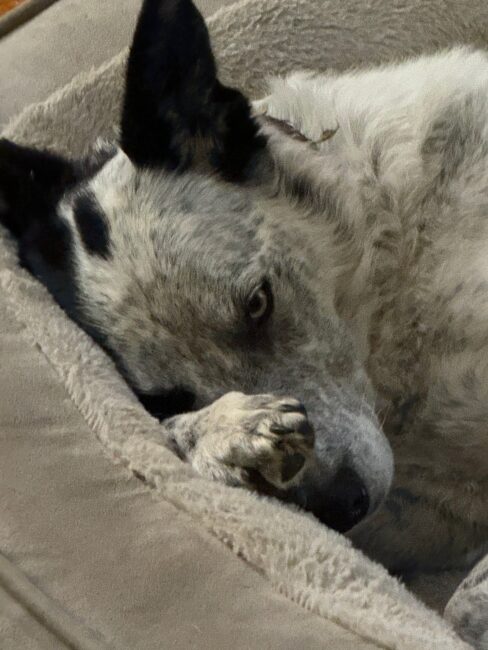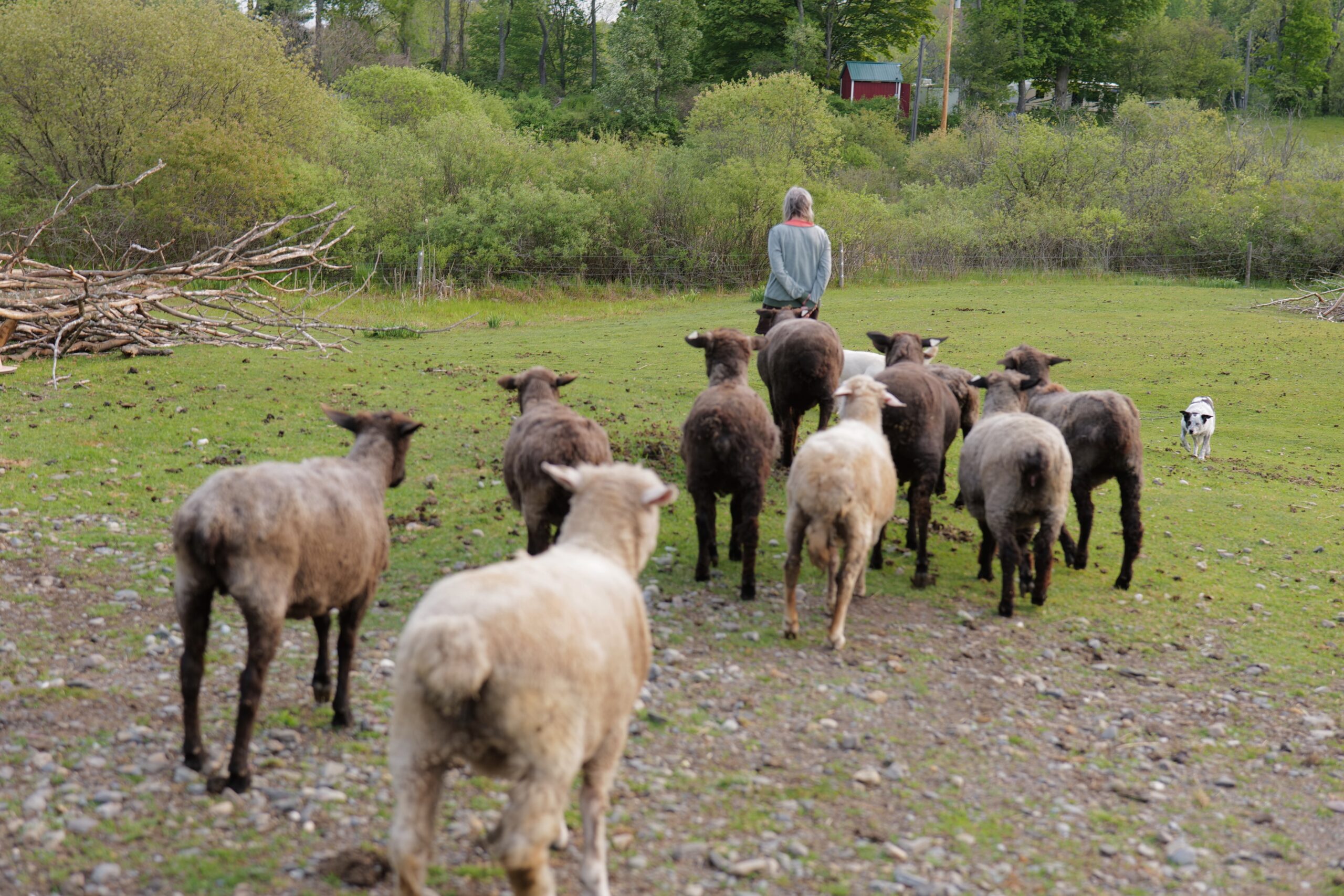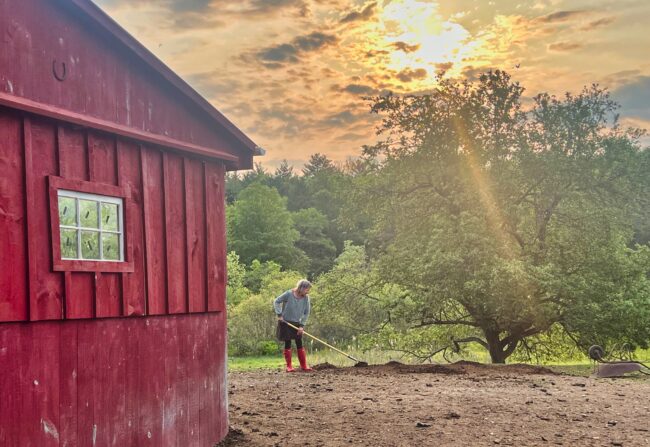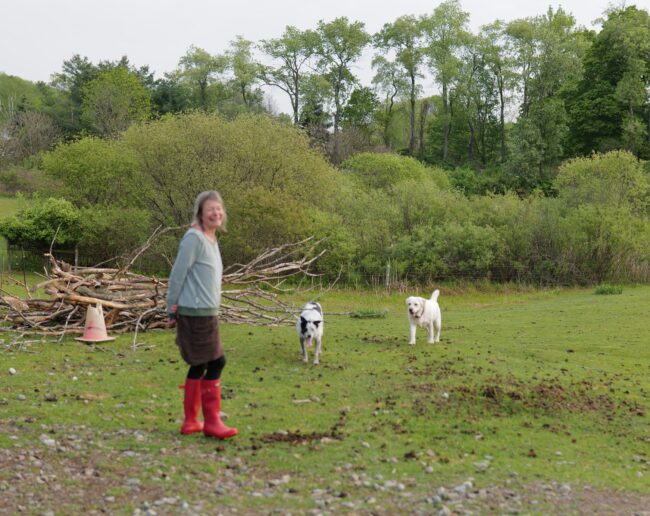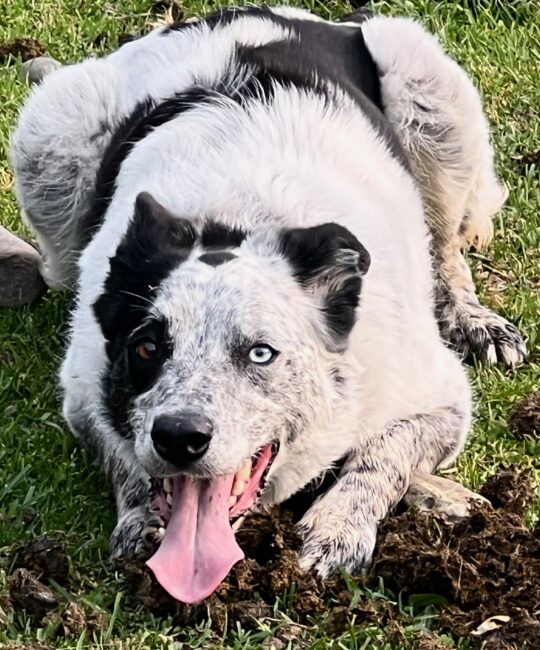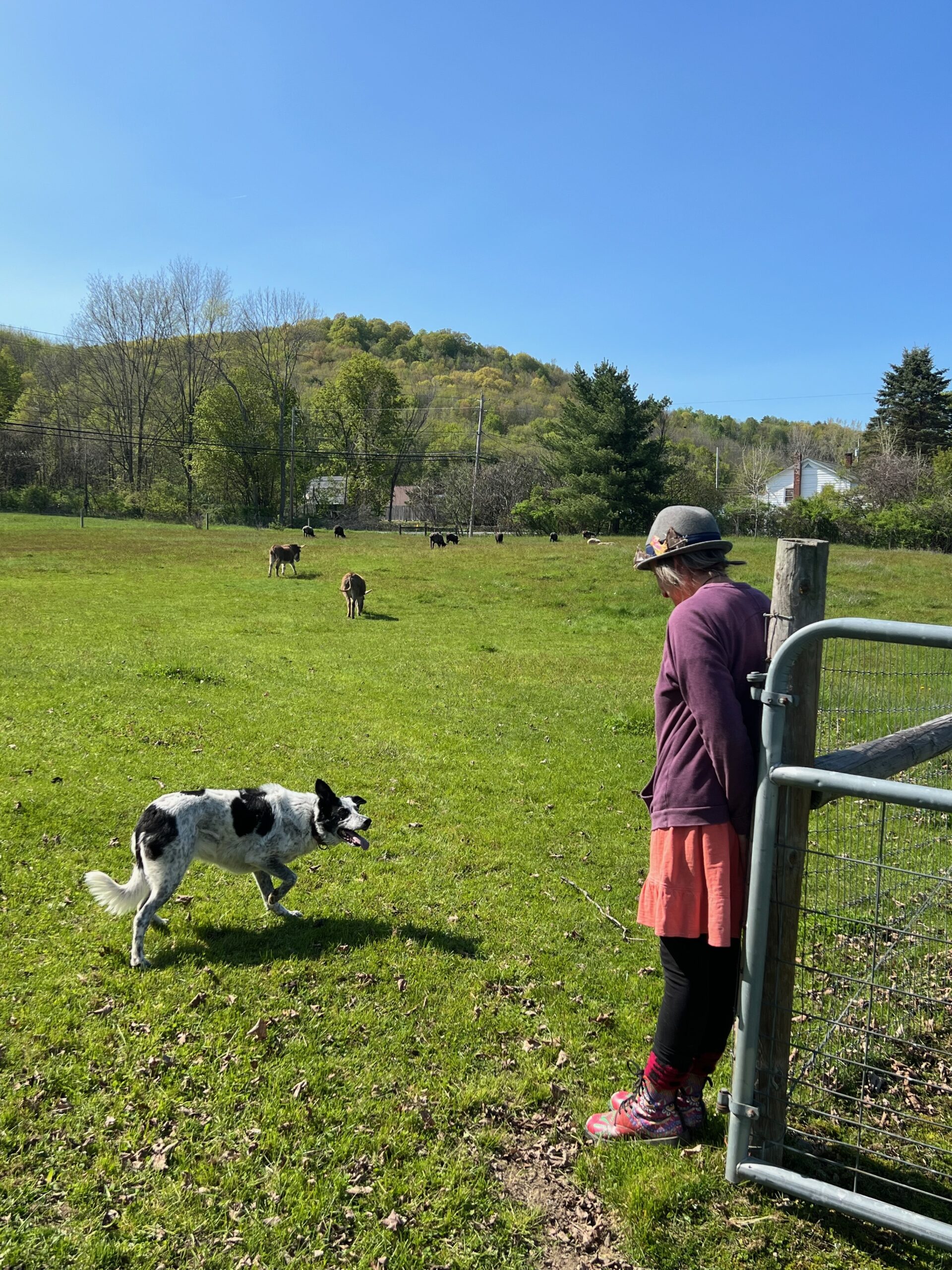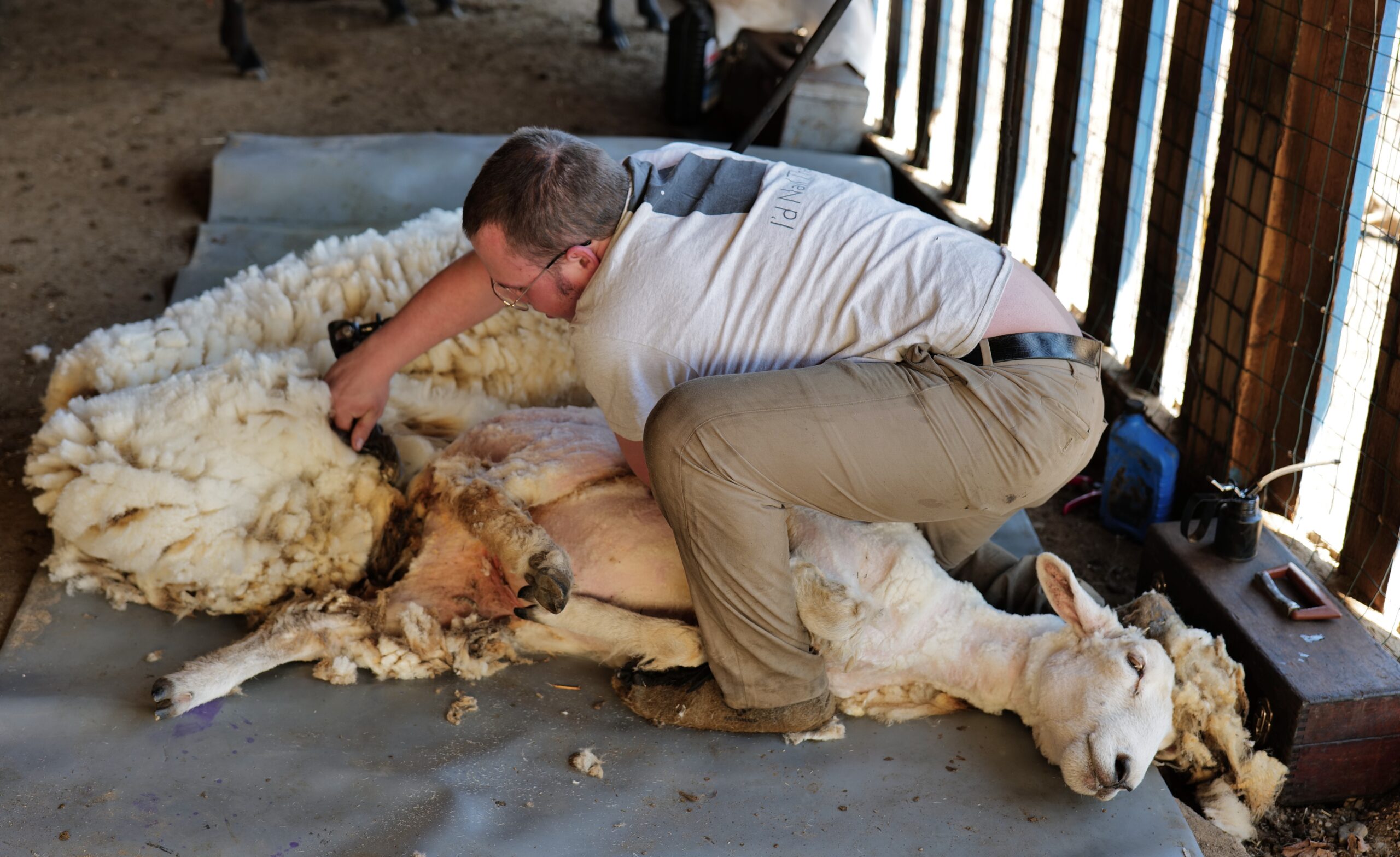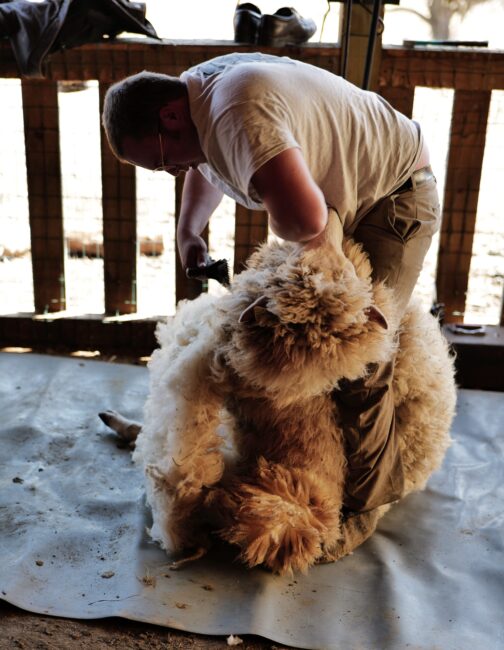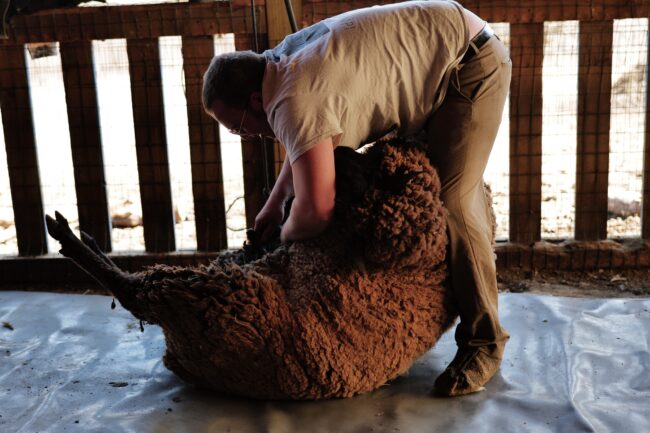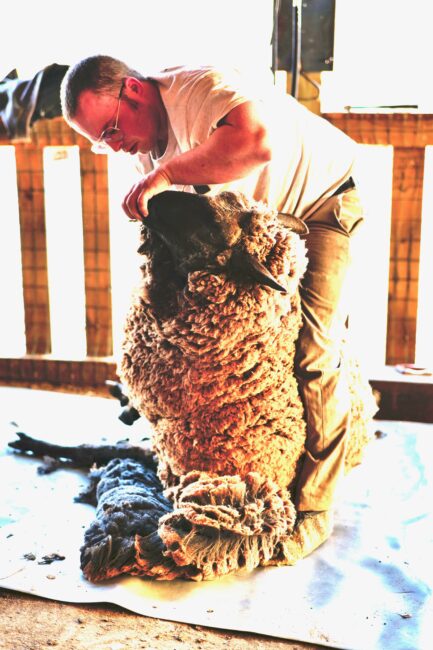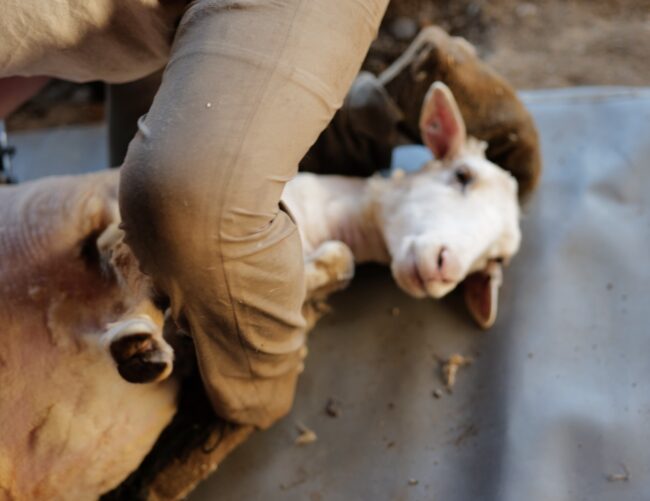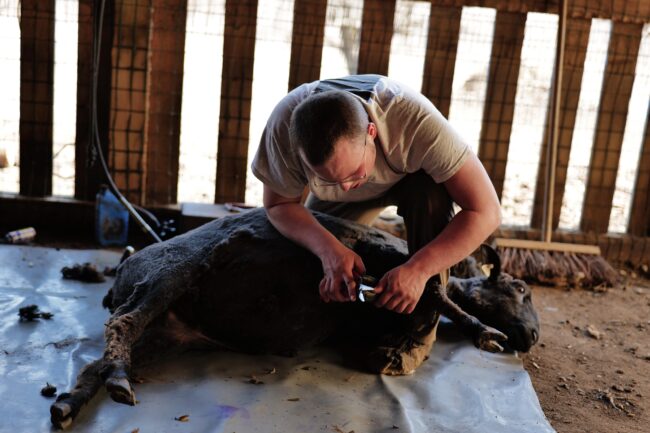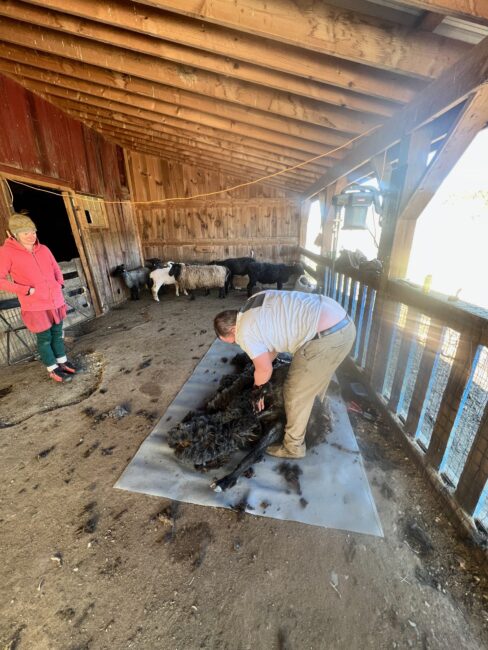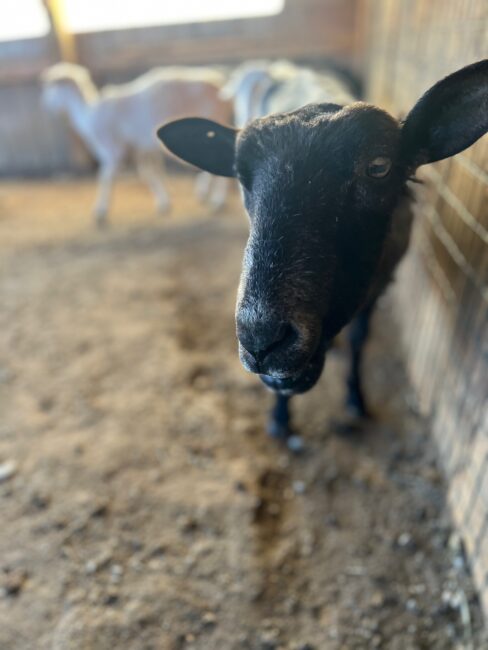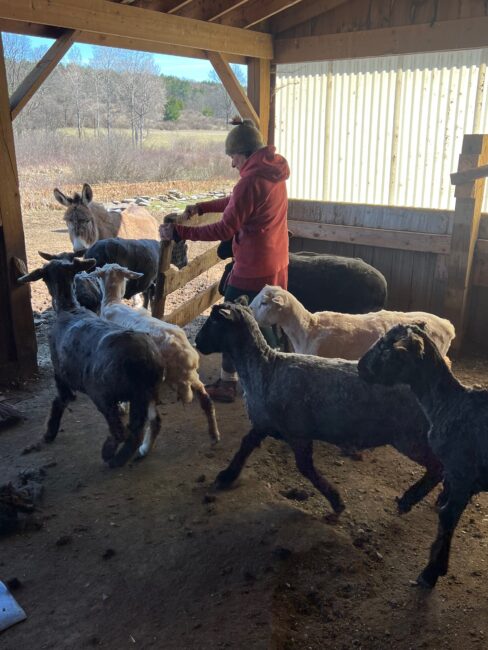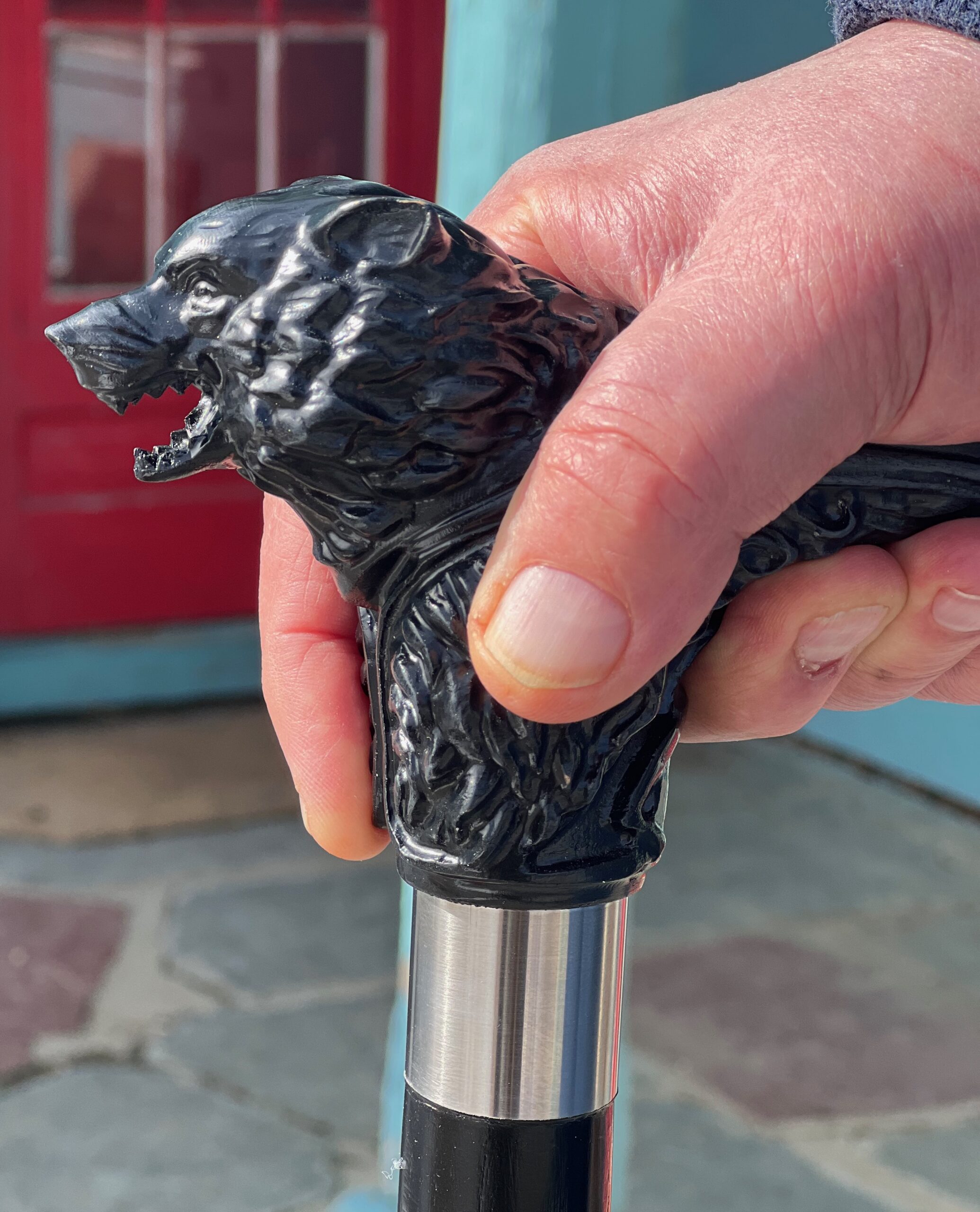I’ve always been a loner and outsider, which explains much about me, and why I have always loved the story of the Wolf Man.
I am strange to many people.
But there are stranger and odder things than me, and one of them was delivered by FedEx on Thursday morning.
Something new and essential has entered my life – a wolf cane, a/k/a, a werewolf walking cane with a rich and disturbing back story.
It’s changed the way I think about getting older. And, oh yes, it helps me to walk securely.
I’ve known for several years that I would eventually have to walk with a cane, as I have a foot with serious structural problems that often throw me off balance and leaves me vulnerable to falling.
I stubbornly resisted the idea; it was a vanity thing about old age. Nothing says old more clearly than walking on a cane.
I didn’t want to need a cane and hadn’t entirely accepted just how old I was getting to be.
But I did my homework, found a magical cane, ordered it online from an old and very trusted company, and erased my reservations about having a club.
I can’t wait to walk around with this one; it means a lot for reasons I can’t quite explain.
Maria says this is my comfort wolf. I had to laugh.
I realized I had to overcome this cane phobia a few months ago. I need a cane.
I ordered a cheap and flimsy cane online, and I hated how light or fragile it was. I didn’t want to walk with one; it embodied everything I didn’t like about the standard cane I see on the streets and in grocery stores.
I know I am old but I don’t have to feel old.
In the way she dispenses wisdom that eludes me, Maria had an idea: “why don’t you get one of those wolf canes, the ones that can kill werewolves.”
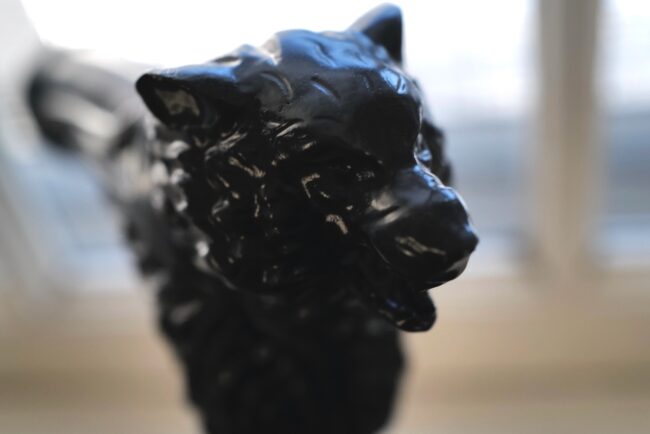
Maria knows me all too well. I loved the idea the second I heard it.
Instantly, I was on fire to have a wolf cane, but it had to be as genuine as possible; I wasn’t looking for a plastic replica or a cheap imitation of this mythical thing.
There was a flash of light in my head, and I got online and started exploring the little but exotic world of wolf canes.
The Wolf Man story has long been surpassed by Scream and TikTok, Superheroes, and computer games, and there is more horror on any cable news show than in all of the Wolf Man movies.
But the wolf cane story has plenty of juice in it for me.
Only the silver cane can kill a werewolf; the wolf canes can also kill wolves if necessary and are said to have supernatural powers that thwart evil. I might take mine down to Washington and walk the halls of Congress (legally.)
There has been a great mystique about these canes ever since Lon Chaney made werewolves famous in his classic movie The Wolf Man, which I must have seen dozens of times.
The story practically hypnotized me when I was a kid.
It seems that it still does.
The cane arrived just as we were leaving for our one-day retreat Thursday. I tore open the package and screwed the wolf’s head – made of heavy metal – onto the cane.
It fits beautifully; the club was lovingly built and solid as a stone.
I showed it to all the young inn staff and told its story, and I was the coolest thing in the building, at least for a few hours.
None of them had seen Lon Chaney’s movie, but all said they would get online the second they got home. Heads turned when I walked into a local restaurant with Maria for dinner.
I wasn’t just another old man on a cane. I was a cool old man with a wolf -head cane. This thing has some Mojo.
Sometimes, I can make aging work for me.
Maria and I celebrated my cane last night in Vermont by watching the Chaney movie again.
In addition to Chaney, it starred Claude Rains, Warren Williams, Ralph Bellamy, Patric Knowles, and Bella Lugosi.
Lugosi played a gypsy werewolf who was beaten to death by a silver wolf’s cane.
My cane sent shivers up and down my spine. I couldn’t stop looking at it, carrying it around with me, even when I didn’t really need it.
At first, I couldn’t bear to get one. Now, I can’t bear to put it down.
Maria thinks the cane is excellent, even sexy.
She has reminded me more than once that it was her idea. It was.
I slept practically with this cane (Maria was a better choice); I had the same feeling when I got a wonderful dog, which was only a bit more mysterious.
This is my cane, the cane I want to use, that I want to walk around with.
By the way, it helps me walk confidently and safely.
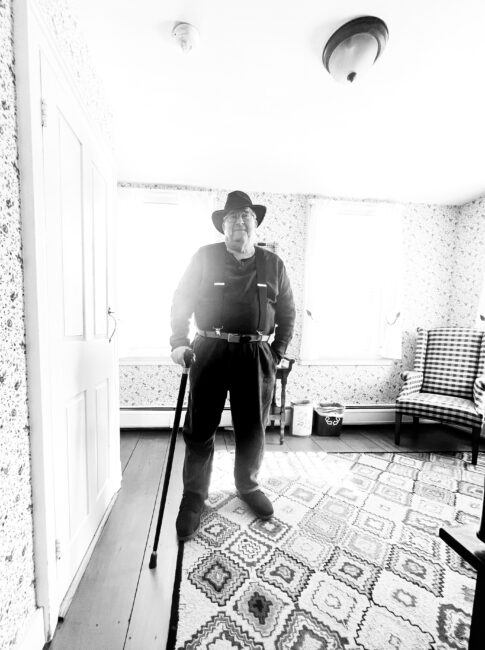
The short version of this spooky back story is this.
In 1941, Universal Studios set out to make a genre horror movie that became a classic, along with Dracula and several other films.
The movie starred Lon Chaney as a young innocent who returns to his ancestral home in Llanwelly, Wales, to bury his dead brother and reconcile with his estranged father, a famous scientific researcher and the owner of Talbot Castle, which loomed over the village.
The film’s shooting was in England, mainly at a studio in Buckinghamshire, Chatsworth in Derbyshire, and Castle Combe in Wiltshire.
As with Batman, another of the great myth stories, Chaney played an honorable and unsuspecting man torn between evil power that turned him to murder and tortured him with a stricken conscience.
In his human form, he would never dream of killing anyone.
Like the original Batman, he does not desire great power; he sees it as a curse; he wants to find love and live peacefully. He was horrified by what happened to him.
The $15 silver cane he brought from the shop of a woman he had fallen in love with became the symbol of this tragic myth – a club with a silver wolf head could kill a werewolf, a tale no one in town believed except for a gypsy woman.
The day he bought it, Larry Talbot was walking when he saw a wolf attack a woman in the shadow of his father’s castle. He couldn’t save her, but he bravely tried.
After a fierce fight, he killed the creature with the silver cane he had just purchased to impress a woman he had fallen in with.
Talbot was bitten in saving a woman from the wolf, and the pentagram – the sign of the werewolf – was embedded in his chest and on the palms of his victims.
His good deed was now a horrible nightmare.
The Wolf Man movie was a huge success; it gave birth to four sequels, including the successful Frankenstein Meets The Wolfe Man, another of my favorites.
The wolfman legend is one of the most widely believed myths in the world even now, especially in Eastern Europe. People worldwide believe that there are men who are sometimes transformed into wolves and who hunt and kill humans.
After the movie, the wolf’s head cane became known as a powerful weapon in the fight against evil, even supernatural evil.
This story had particular relevance on the eve of World War II.
The psychiatric condition in which a person believes he is a wolf is called Lycanthropy.
In the movie, the doctor diagnosed Larry Talbot as Lycanthropic. Unable to stop killing, Talbot begged his father to take the cane and keep it with him for his own safety.
Talbot knew this might be his death warrant; he dreaded the possibility of killing his father.
Lord Talbott encountered the werewolf in the forest and, not knowing it was Larry, beat him to death with the silver head cane his son had given him.
My cane does not have a silver head; the wolf’s head is metal, but it was made by a British craftsman who lives near the studio where the movie was filmed.
He’s been making real wolf head canes for much of his life, although he doesn’t make a lot of them these days. He makes all kinds of canes with different heads.
I’ve decided not to share his name; this is a personal thing between him and him.
I bought two wolf head canes online when I started on this mission. I thought they were cheaply made and shoddy, so I returned them.
I made the right choice with this small company in England; my cane is the real deal, although I don’t expect to fight with any wolves in Washington County, New York. I might scare off some evil spirits if the legend had any meaning.
What a great blog post that would be.
My craftsman was very particular about his wood and the metal he used. He sent me letters and messages telling me how he was building the cane and how I should take care of it.
He repeatedly apologized for the time it took – nearly a month – to build and finish it. I have two pages on how to keep it healthy and strong. It was worth the wait.
He made a unique rubber foot and sent it to put on the bottom of the cane; a leather strap to keep it from sliding off my hand is on the way.
I did get the chills occasionally, waiting for the club to come.
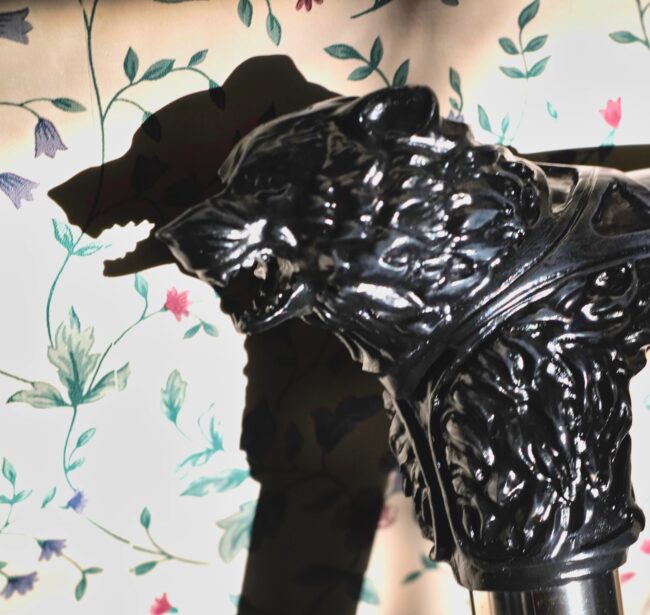
This is one of the myths that has always grabbed my imagination; I was almost obsessed with it as a kid. There’s a lot of magic in the story.
When I first saw the movie, it seemed primitive and improbable. But it embedded itself into the imagination of this strange child, who was 10 or 11 when he saw it.
I sometimes imagined being the werewolf and occasionally getting my hands on a silver wolf cane that would protect me from anything human or supernatural – like the bullies in my Middle School.
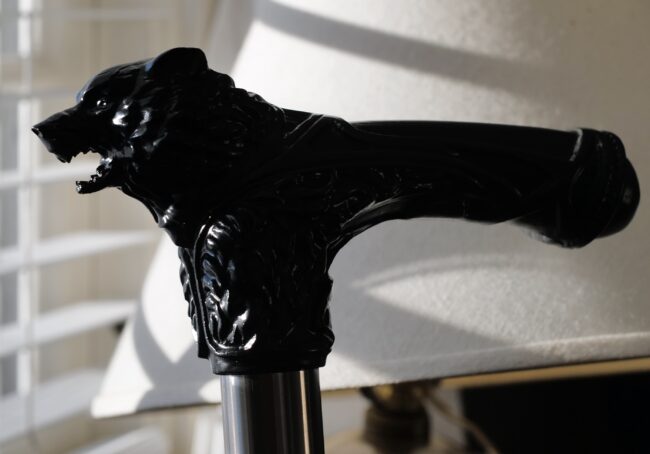
I guess I haven’t grown up, but I find it fascinating that this cane had made me eager to get it and use a club when almost nothing else did. I’ve had it for two days, and it works for me.
There is a vital lesson for people who think about aging here.
We need to look at the things that are not only necessary for us but which can stimulate and seek out things that give us strength. I’ve been stopped on the street by a dozen younger people who see the cane and say, “Hey, that is so cool!”
That’s exciting for a 75 -year-old man who needs a cane to keep his balance. I like it; it makes me feel young and excited. This lesson is not lost on me.
I suppose it’s also about feeling powerful, but I’ve never been powerful and am not looking to be powerful now.
These recent years have been about simplifying my life, not expanding it. I don’t wish to conquer anyone or anything.
But I’m thrilled to have my wolfs head cane.
I take it everywhere. Maybe it is my comfort wolf.
I think Fate growled at it when I brought it home; this is a good sign.

